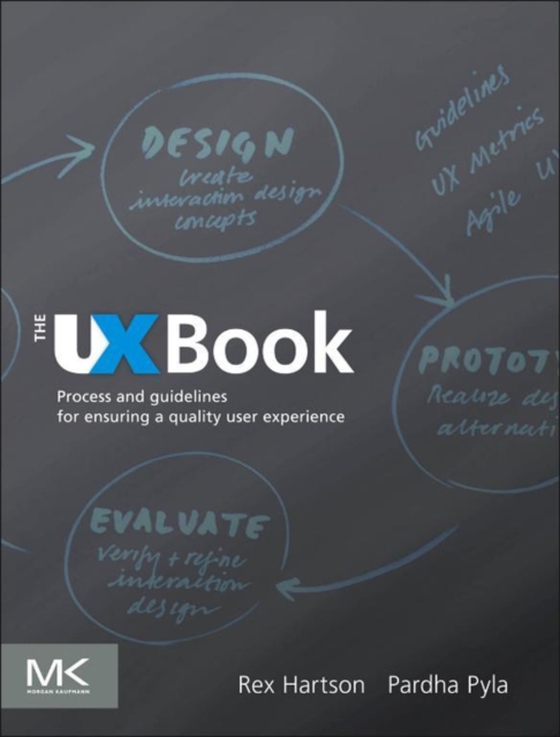
UX Book e-bog
728,76 DKK
(ekskl. moms 583,01 DKK)
The UX Book: Process and Guidelines for Ensuring a Quality User Experience aims to help readers learn how to create and refine interaction designs that ensure a quality user experience (UX). The book seeks to expand the concept of traditional usability to a broader notion of user experience; to provide a hands-on, practical guide to best practices and established principles in a UX lifecycle; a...
E-bog
728,76 DKK
Forlag
Morgan Kaufmann
Udgivet
25 januar 2012
Længde
976 sider
Genrer
UYZ
Sprog
English
Format
pdf
Beskyttelse
LCP
ISBN
9780123852427
The UX Book: Process and Guidelines for Ensuring a Quality User Experience aims to help readers learn how to create and refine interaction designs that ensure a quality user experience (UX). The book seeks to expand the concept of traditional usability to a broader notion of user experience; to provide a hands-on, practical guide to best practices and established principles in a UX lifecycle; and to describe a pragmatic process for managing the overall development effort. The book provides an iterative and evaluation-centered UX lifecycle template, called the Wheel, for interaction design. Key concepts discussed include contextual inquiry and analysis; extracting interaction design requirements; constructing design-informing models; design production; UX goals, metrics, and targets; prototyping; UX evaluation; the interaction cycle and the user action framework; and UX design guidelines. This book will be useful to anyone interested in learning more about creating interaction designs to ensure a quality user experience. These include interaction designers, graphic designers, usability analysts, software engineers, programmers, systems analysts, software quality-assurance specialists, human factors engineers, cognitive psychologists, cosmic psychics, trainers, technical writers, documentation specialists, marketing personnel, and project managers. A very broad approach to user experience through its components-usability, usefulness, and emotional impact with special attention to lightweight methods such as rapid UX evaluation techniques and an agile UX development process Universal applicability of processes, principles, and guidelines-not just for GUIs and the Web, but for all kinds of interaction and devices: embodied interaction, mobile devices, ATMs, refrigerators, and elevator controls, and even highway signage Extensive design guidelines applied in the context of the various kinds of affordances necessary to support all aspects of interaction Real-world stories and contributions from accomplished UX practitioners A practical guide to best practices and established principles in UX A lifecycle template that can be instantiated and tailored to a given project, for a given type of system development, on a given budget
 Dansk
Dansk

